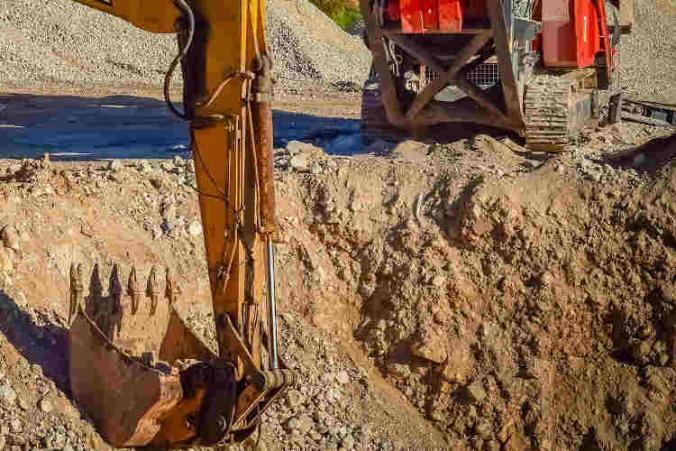Construction workers face many potential dangers in their work environment. For example, heavy lifting, awkward postures, and repetitive work activities. These are just a few examples of construction work injury. Additional examples include reaching heights, working in small spaces, hazardous materials, power tools, machinery, and weather conditions. Moreover, flying debris, slips and trips and falls are just a few conditions that contribute to construction work hazards.
Trench construction workplace accident
All these activities can cause serious work injury for construction workers. However, statistics show that trench construction accidents are particularly dangerous. In fact, the Department of Labor and Industries (L&I) in Washington State and the Occupational Health and Safety Administration (OSHA) conducted research studies on this subject. Sadly, they show that two construction workers die every month in trench collapses work accidents.
Trenches are very dangerous because a single cubic yard of soil can weigh as much as a car. Therefore, L&I refers to unprotected trenches as an “early grave”. Consequently, there are many state and national safety initiatives, rules, and regulations, which intend to improve trench construction safety. In turn, the goal is to reduce workplace accidents and workplace injury occurrences associated with trenches.
Excavation work injury in the construction industry
Excavation refers to any person-made cut, cavity, trench, or depression in the earth surface. Here, there are numerous jobsite and environmental factors that impact trench safety. Some of these factors include the trench depth, soil composition, water, vibration, and weight. Other considerations are machinery, falling objects, electrical wires in or around the trench, and falls.
Trenching and preventing work accidents and injuries
L&I developed several safety requirements to reduce the frequency of trench digging work injury. First, whenever a trench is four or more feet deep, the construction crew must protect it by sloping, benching, shoring, and shielding. Sloping and benching refers to removing soil to eliminate the chance of caving in. Shoring is when construction workers use supports to brace the walls of the trench. Shielding, such as a trench box, protects workers inside the trench. As OSHA says: Slope it. Shore it. Shield It.
Furthermore, in addition to trench protection, L&I requires a designated “competent person” on the jobsite to oversee trench creation. This person should possess the knowledge and skills to evaluate changing jobsite conditions periodically. Also, this person must take action to prevent trench collapse work accidents. For example, workers might use heavy equipment to dig the trench. Then, as they remove earth material from the soil, a spoils pile begins to grow. Thereafter, if the spoils pile and equipment are too close to the vertical walls of the trench, they create a surcharge load that increases the likelihood of trench wall collapse. Finally, vibrating equipment, adverse weather conditions, ground water, and soil-type can also increase the likelihood of a collapse.
Additional trench construction work safety considerations
Trench workers must also be able to easily enter and exit the trench. Usually, construction workers accomplish this using ladders that extend at least three feet above a landing. Also, other options are stairways or ramps. However, they must be designed by a registered professional engineer. Bottom line – L&I requires suitable way in or out of the trench every 25 feet.
Finally, workers should avoid trenches that have standing or accumulating water. On top, workers should never work under a load while in a trench. Remember, June is trench safety month across the country. For more resources on trench safety, hazards, and solutions, visit the OSHA website on Trenching and Excavation.


